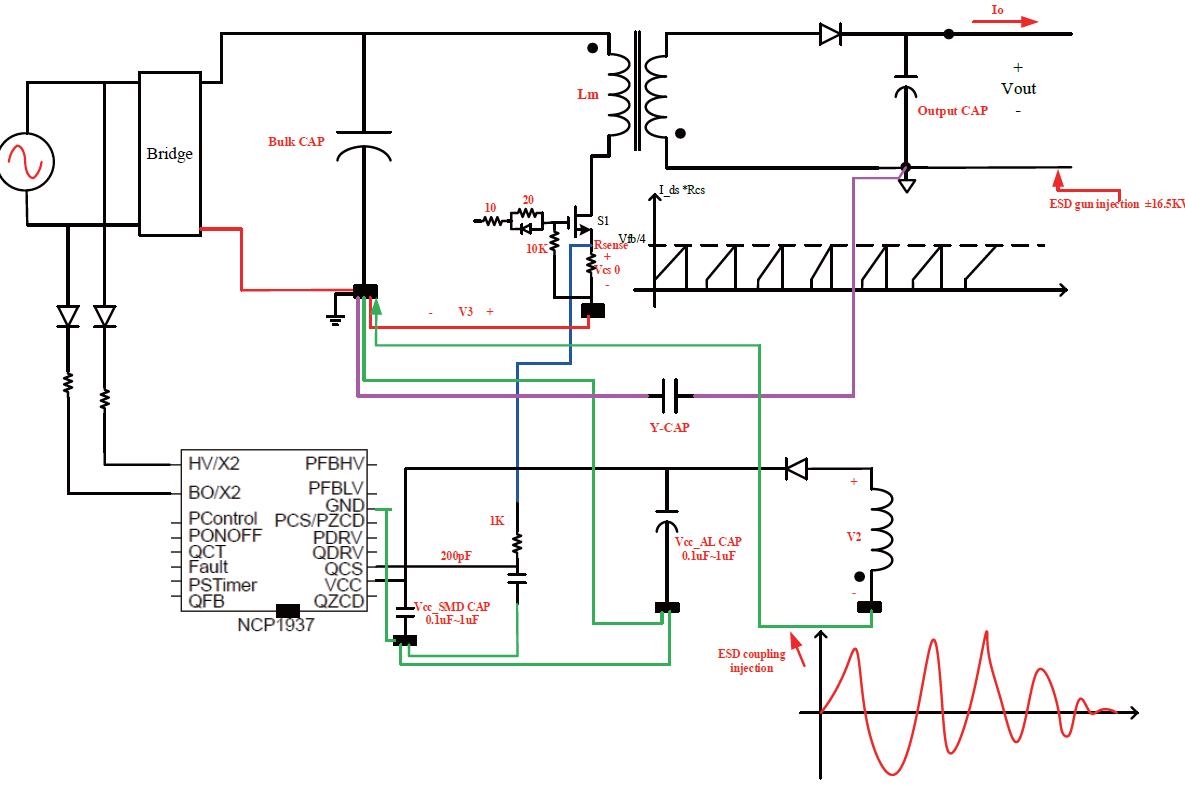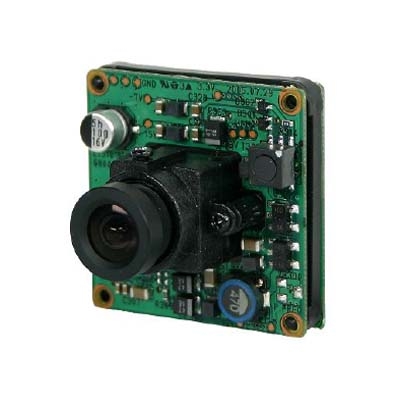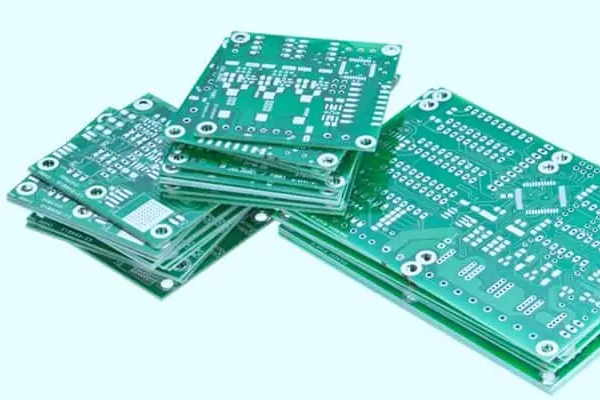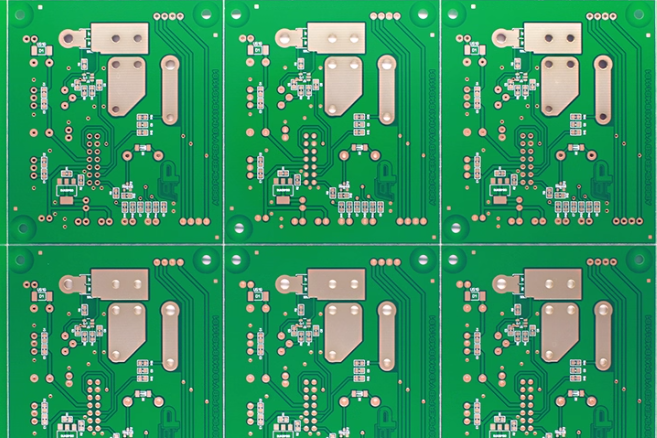If you’re designing a printed circuit board (PCB) and wondering how to calculate the right trace width in mils for your project, you’ve come to the right place. Whether you’re using a PCB trace width calculator in mils, trying to calculate trace width for current, or following standards like IPC-2221 trace width guidelines, this guide has you covered. We’ll also touch on practical considerations for common voltage levels like trace width for 5V and trace width for 12V. Let’s dive into a step-by-step, practical approach to ensure your PCB design is safe, efficient, and reliable.
Why PCB Trace Width Matters in Your Design
Trace width is a critical factor in PCB design. It determines how much current a trace can carry without overheating, ensures voltage drops are minimized, and helps maintain signal integrity. If the trace is too narrow, it can overheat, leading to potential damage or failure. If it’s too wide, you waste valuable board space. Getting it right—often measured in mils (1 mil = 0.001 inches)—is essential for performance and safety.
In this guide, we’ll break down the process of calculating trace width, explore the tools and standards that can help, and provide actionable tips for different scenarios. By the end, you’ll have a clear understanding of how to design traces for your specific needs.

What Is PCB Trace Width and Why Calculate It in Mils?
PCB trace width refers to the width of the copper pathways on a circuit board that carry electrical signals or power between components. These traces are typically measured in mils, a unit commonly used in the electronics industry for precision. Calculating trace width in mils ensures that the trace can handle the expected current without overheating or causing excessive voltage drops.
The width of a trace directly impacts its current-carrying capacity and resistance. A wider trace can carry more current with less resistance, while a narrower trace is better suited for low-current signals but risks overheating if overloaded. Standards like IPC-2221 provide guidelines to calculate the appropriate width based on current, temperature rise, and copper thickness.
Understanding the Basics: Factors Affecting Trace Width
Before jumping into calculations, let’s look at the key factors that influence trace width:
- Current (Amps): The amount of current the trace needs to carry. Higher current requires wider traces to prevent overheating.
- Temperature Rise: The acceptable increase in temperature for the trace (usually 10°C, 20°C, or 30°C). Lower temperature rise means wider traces.
- Copper Thickness: Measured in ounces per square foot (oz/ft2), typically 1 oz or 2 oz. Thicker copper can carry more current for the same width.
- Layer Location: Internal traces (inside multilayer boards) dissipate heat less effectively than external traces, often requiring wider dimensions.
- Voltage Levels: While voltage itself doesn’t directly affect trace width, it often correlates with current draw (e.g., trace width for 5V or trace width for 12V systems) based on power requirements.
Understanding these factors is the foundation for accurate trace width calculations, whether you’re doing it manually or using a PCB trace width calculator in mils.
Step-by-Step Guide to Calculate Trace Width for Current
Let’s walk through the practical steps to calculate trace width for current. We’ll use the widely accepted IPC-2221 trace width standard as our reference, which provides formulas and charts for determining trace dimensions.
Step 1: Determine the Current Requirement
First, identify the maximum current your trace will carry. For example, if you’re designing a power supply line for a 5V circuit drawing 2 amps, note this value. If you’re unsure, calculate current using Ohm’s Law (I = V/R) or power formula (I = P/V). For a 12V system powering a 24W device, the current is 24W / 12V = 2A.
Step 2: Set an Acceptable Temperature Rise
Decide how much temperature rise is acceptable for your design. A common choice is 10°C for general applications, as it keeps the board cool and safe. For high-power designs, you might accept a 20°C or 30°C rise, but this could affect component longevity.
Step 3: Know Your Copper Thickness
Check the copper weight of your PCB, typically 1 oz/ft2 (about 1.4 mils thick) for standard boards or 2 oz/ft2 for higher current needs. Thicker copper allows narrower traces for the same current.
Step 4: Use IPC-2221 Guidelines or a Calculator
The IPC-2221 trace width standard offers a formula and charts to find the required width. The basic formula for external traces is derived from empirical data and can be complex to compute manually. Instead, many designers use online tools for quick results.
For a practical example, let’s say you have a 1 oz copper trace carrying 2A with a 10°C temperature rise on an external layer. Using a reliable PCB trace width calculator in mils, the result might be around 50 mils (0.05 inches). For internal layers, the width might increase to 70 mils due to poorer heat dissipation.

Step 5: Verify Voltage Drop and Power Loss
After calculating width, check the trace length to ensure voltage drop and power loss are acceptable. Resistance (R) of a trace is given by R = ρ * (L / (W * T)), where ρ is copper resistivity (about 0.67 μΩ·inch), L is length, W is width, and T is thickness. For a 50-mil wide, 1 oz trace that’s 5 inches long, resistance is low, but longer traces might need wider dimensions.
Practical Examples: Trace Width for 5V and 12V Systems
Let’s apply these steps to common scenarios like designing traces for trace width for 5V and trace width for 12V systems. Voltage doesn’t directly dictate trace width, but it ties to current via power requirements.
Example 1: Trace Width for 5V at 1A
For a 5V circuit with a current of 1A (common for microcontrollers or sensors), using 1 oz copper and a 10°C rise, an external trace might need to be around 25 mils wide. This ensures minimal heat and voltage drop over short distances (e.g., 2-3 inches).
Example 2: Trace Width for 12V at 3A
For a 12V system drawing 3A (like an LED strip or motor driver), the same 1 oz copper and 10°C rise might require a width of about 75 mils for an external trace. If the trace is internal or longer, you might bump this up to 100 mils or switch to 2 oz copper to reduce width to 40-50 mils.
These examples show how current, not voltage, drives the calculation, but voltage often helps estimate current based on power needs.
Using a PCB Trace Width Calculator in Mils
Manually calculating trace width can be time-consuming, especially with complex designs. A PCB trace width calculator in mils simplifies the process by automating the math based on IPC standards. Here’s how to use one effectively:
- Input the current (e.g., 2A).
- Select copper thickness (e.g., 1 oz).
- Choose temperature rise (e.g., 10°C).
- Specify if the trace is internal or external.
- Review the output width in mils and adjust if needed for space or safety.
Many free online tools are available that follow IPC-2221 trace width guidelines, ensuring accurate results for most standard designs. Always double-check the results with your specific design constraints, like board material or ambient temperature.
Advanced Considerations: Beyond Basic Calculations
While the steps above cover most designs, advanced projects might require additional considerations:
- High-Frequency Signals: For RF or high-speed digital signals, trace width also affects impedance (often 50 ohms for RF). Use impedance calculators alongside current capacity tools.
- Thermal Management: If your board operates in high-temperature environments, lower the acceptable temperature rise or add vias for heat dissipation.
- Space Constraints: If board space is tight, consider using thicker copper or multiple layers to reduce trace width while maintaining current capacity.
Common Mistakes to Avoid When Calculating Trace Width
Even experienced designers can make errors. Here are pitfalls to watch out for:
- Ignoring Layer Location: Internal traces need to be wider than external ones due to limited heat dissipation.
- Overlooking Voltage Drop: Long traces with high current can drop voltage significantly, affecting performance.
- Using Incorrect Copper Weight: Confirm the actual copper thickness of your board, as assumptions can lead to undersized traces.
- Neglecting Temperature Rise: Choosing too high a temperature rise can shorten the lifespan of your PCB.
Tips for Optimizing Trace Width in Your PCB Design
Here are some practical tips to ensure your trace width calculations lead to a successful design:
- Always leave a safety margin. If a calculator suggests 50 mils, consider using 55-60 mils for added reliability.
- Use wider traces near power components to handle transient current spikes.
- For mixed-signal designs, separate high-current power traces from sensitive signal traces to avoid interference.
- Simulate your design with thermal analysis tools if possible, especially for high-power applications.

Conclusion: Mastering PCB Trace Width Calculations
Calculating PCB trace width in mils is a fundamental skill for any electronics designer. By following standards like IPC-2221 trace width guidelines and using tools like a PCB trace width calculator in mils, you can ensure your traces are safe and efficient for any current load. Whether you’re working on a trace width for 5V microcontroller project or a trace width for 12V power supply, the steps to calculate trace width for current remain the same: know your current, set a temperature rise, account for copper thickness, and verify the results.
With this practical guide, you’re equipped to design PCBs that balance performance, safety, and space efficiency. Keep experimenting with different parameters and tools to refine your skills, and always prioritize thermal and electrical safety in your designs.
 ALLPCB
ALLPCB







